How to Paint With Watercolor
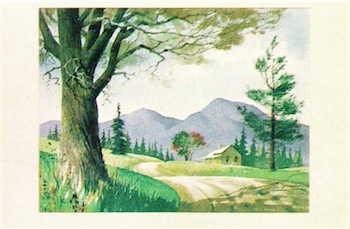
The step-by-steps on this page show the typical stages in the development of a watercolor landscape.
For the landscape shown here the artist used a17- by 22-inch sheet of French hand-made, cold-pressed, 300-pound watercolor paper which, because of its thickness, required no stretching.
To introduce a variety of brushstrokes, he used several types of brushes, including round red-sable brushes in three sizes-small (No. 3), medium (No. 5), and large (No. 12)—as well as 1-inch, 3/4-inch, and 1/4-inch square, flat, ox-hair brushes.
The artist employed l0 watercolor paints in tubes: Hooker’s green (light), Windsor blue, ultramarine blue. Payne’s gray, burnt sienna, burnt umber, cadmium yellow, yellow ocher, vermillion, and alizarin crimson.
He purchased them in an enameled box whose cover had wells that served as a palette in which to mix paints and make color washes. A white enamel palette tray was also used for these purposes.
A watercolor can be painted directly from life or copied from a photograph or another painting. For representational subject matter, such as this landscape, the artist first draws a sketch on the paper, either in light pencil or charcoal, then paints over the sketch. In this case a very light pencil sketch was first made on the paper. The paper was then attached to a drawing board with masking tape.
The artist began by filling in the sky and mountains with washes. The top of the dark tree in the foreground was later over painted on the light sky, but unpainted voids were left in the darker mountain wash for the trunk of the tree and for the house. To prevent unintentional mingling of colors while wet, the paint of one area must be allowed to dry before another color is painted either on top of or adjacent to it. Here the artist accelerated the drying by using a hair dryer.
Dry-brush strokes—achieved with a half-dry brush and painted with ragged, broken strokes—were used to depict the rough texture of the lower trunk of the big tree. The foliage, just beginning to turn color in the fall, was dabbed with paint while varying the pressure on the brush. For the foreground twigs and the house porch, very fine, precise lines were painted with the point of a red-sable brush. To test the color mixtures, the artist dabbed them on the paper’s margin (eventually covered by the mat).
Watercolor Painting Step-by-Step
This step-by-step guide will show how the artist achieved the final landscape.
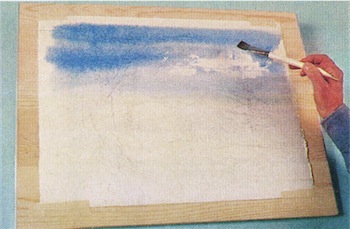
Step 1 – Wet Paper
First the paper is wetted with water so that the color can flow out freely. Then the sky is painted with an even wash.
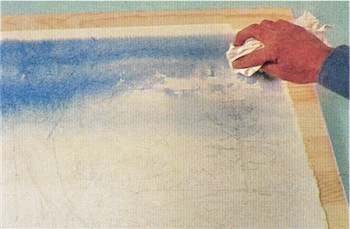
Step 2 – Dab On Blue
While the wash is still wet, the blue is dabbed off with a rag in areas that are to appear as cloud.
>
 Step 3 – Paint Hills
Step 3 – Paint Hills
The hills are first painted with a flat wash on dry paper; darker areas are achieved by overpainting with a wet brush.
 Step 4 – Background
Step 4 – Background
A wash is used to fill in the background meadows, then those in the foreground. Brushes are done with a medium brush.
 Step 5 – Paint Tree
Step 5 – Paint Tree
The darkest portion of the landscape is the big tree. A wash is used for the upper part, a small brush for the twigs.
 Step 6 – Tree Bark
Step 6 – Tree Bark
To emphasize the gnarled bark of the lower trunk, the dry-brush effect is applied, resulting in a very rough texture.
 Step 7 – Darken Tree
Step 7 – Darken Tree
Parts of the tree are darkened to complete the bark surface. Slanting brushstrokes suggest a twisted tree trunk.
 Step 8 – Foliage Dabs
Step 8 – Foliage Dabs
Dabs with a not-too-wet brush suggest foliage. Occasionally the artist places mat frame on painting to study its development.
 Step 9 – Trees
Step 9 – Trees
Background trees are painted with a small brush; details are smudged with the finger to create the illusion of distance
 Step 10 – The House
Step 10 – The House
The house is now meticulously painted in (with a pointed brush for the porch, windows, and shadows) in the area left untouched by the hill wash.
 Step 11 – The Road
Step 11 – The Road
The road area is wetted, then washed with diluted colors. Ruts and bumps are created with dark lines and dabs of paint.
 Step 12 – The Shadows
Step 12 – The Shadows
The shadow cast by the tree is painted dark gray. Great care is taken to depict distortions caused by the uneven road surface.
 Step 13 – Highlights
Step 13 – Highlights
By scraping away paint lightly with a razor blade, highlights on some twigs are created here.
 Step 14 – Foreground
Step 14 – Foreground
Foreground bushes are completed with a small brush over dried painted areas. Finishing details are added here and there.
 Step 15 – Framed
Step 15 – Framed
Framed with a mat, the completed landscape is a well-composed pastoral scene, delighting the eye with vibrant color.
History of Watercolor
Watercolor (American English) or watercolour (British English), also aquarelle (French: [akaʁɛl]; from Italian diminutive of Latin aqua “water”), is a painting method in which the paints are made of pigments suspended in a water-based solution.
Watercolor refers to both the medium and the resulting artwork.
Aquarelles painted with water-soluble colored ink instead of modern water colors are called aquarellum atramento (Latin for “aquarelle made with ink”) by experts. However, this term has now tended to pass out of use.
The traditional and most common support—material to which the paint is applied—for watercolor paintings is watercolor paper. Other supports include papyrus, bark papers, plastics, vellum, leather, fabric, wood, and watercolor canvas (coated with a gesso that is specially formulated for use with watercolours).
Watercolor paper is often made entirely or partially with cotton. This gives the surface the appropriate texture and minimizes distortion when wet. Watercolor papers are usually cold pressed papers, and gives better texture and appearance with a GSM weight between 200 and 300. Watercolors are usually translucent, and appear luminous because the pigments are laid down in a pure form with few fillers obscuring the pigment colors. Watercolors can also be made opaque by adding Chinese white.
Watercolour paint is an ancient form of painting. In East Asia, watercolor painting with inks is referred to as brush painting or scroll painting. In Chinese, Korean and Japanese painting it has been the dominant medium, often in monochrome black or browns, often using inkstick or other pigments. India, Ethiopia and other countries have long watercolor painting traditions as well.
American artists in the early 19th century seemed to regard watercolor primarily as a sketching tool in preparation for the “finished” work in oil or engraving.
Thank you Wikipedia
Reference: Readers Digest Crafts & Hobbies – A Step-by-Step guide to Creative Skills.

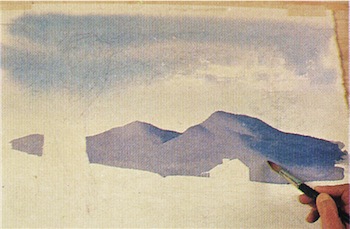
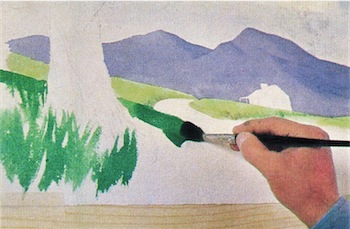
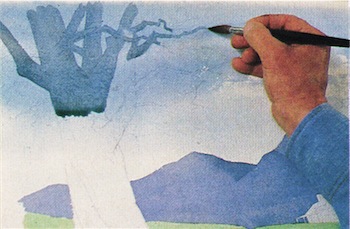
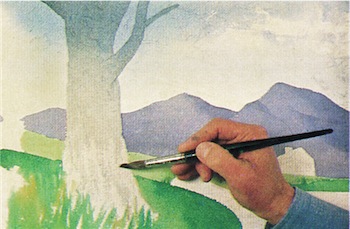
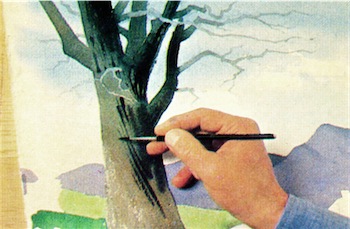
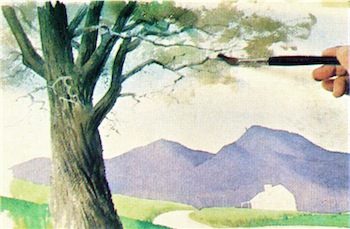

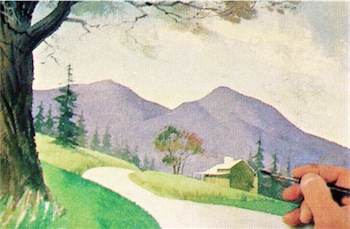
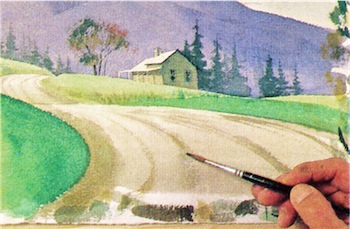
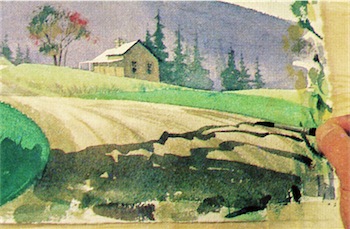
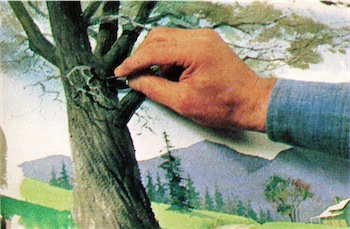
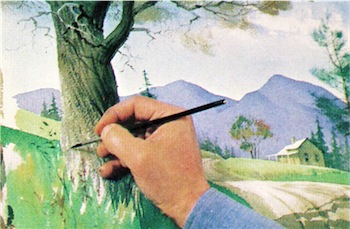
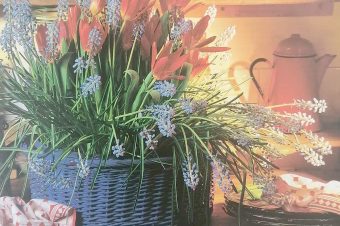
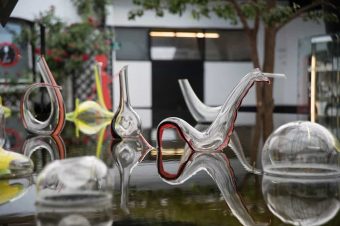
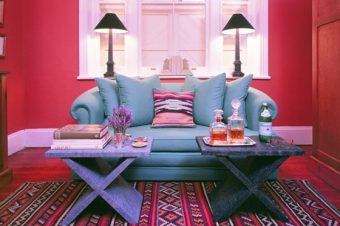
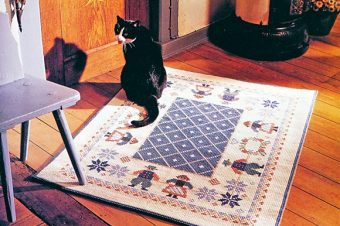
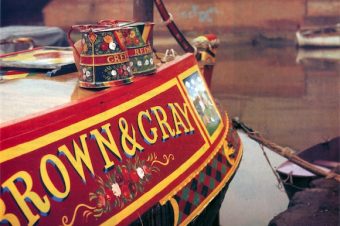
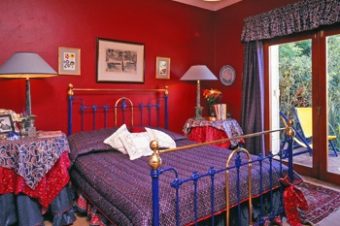
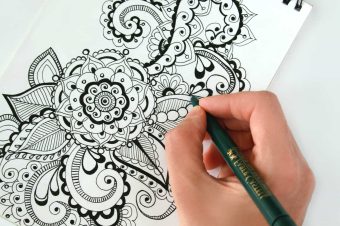
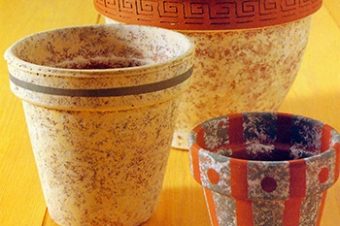
One Response
whitesoxfan2347
i have a project in art and i need to use watercolors. i bought tubes of watercolor paint but i need some one to tell me how to use it. help???